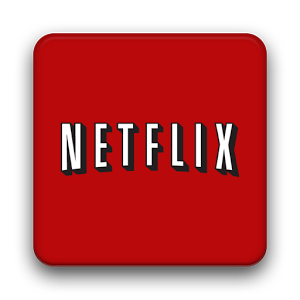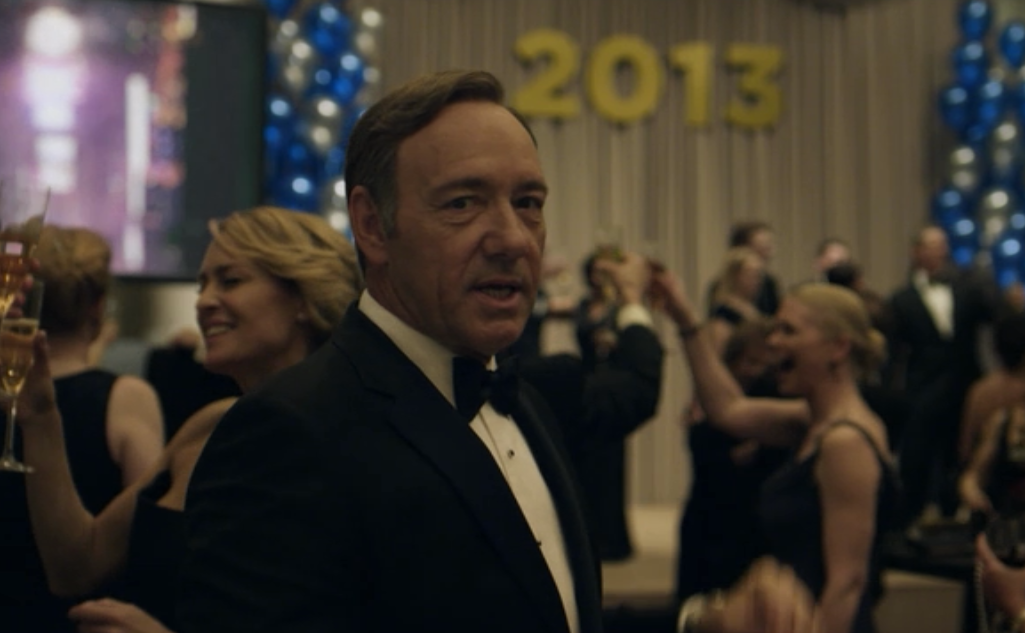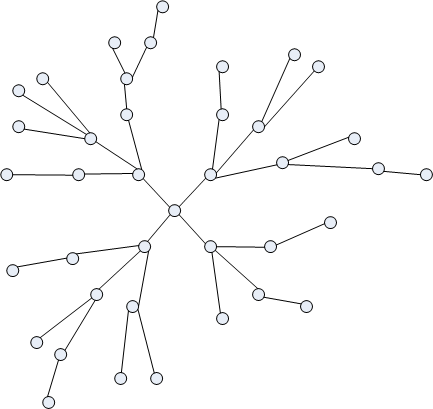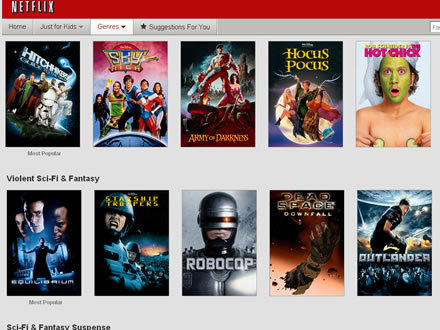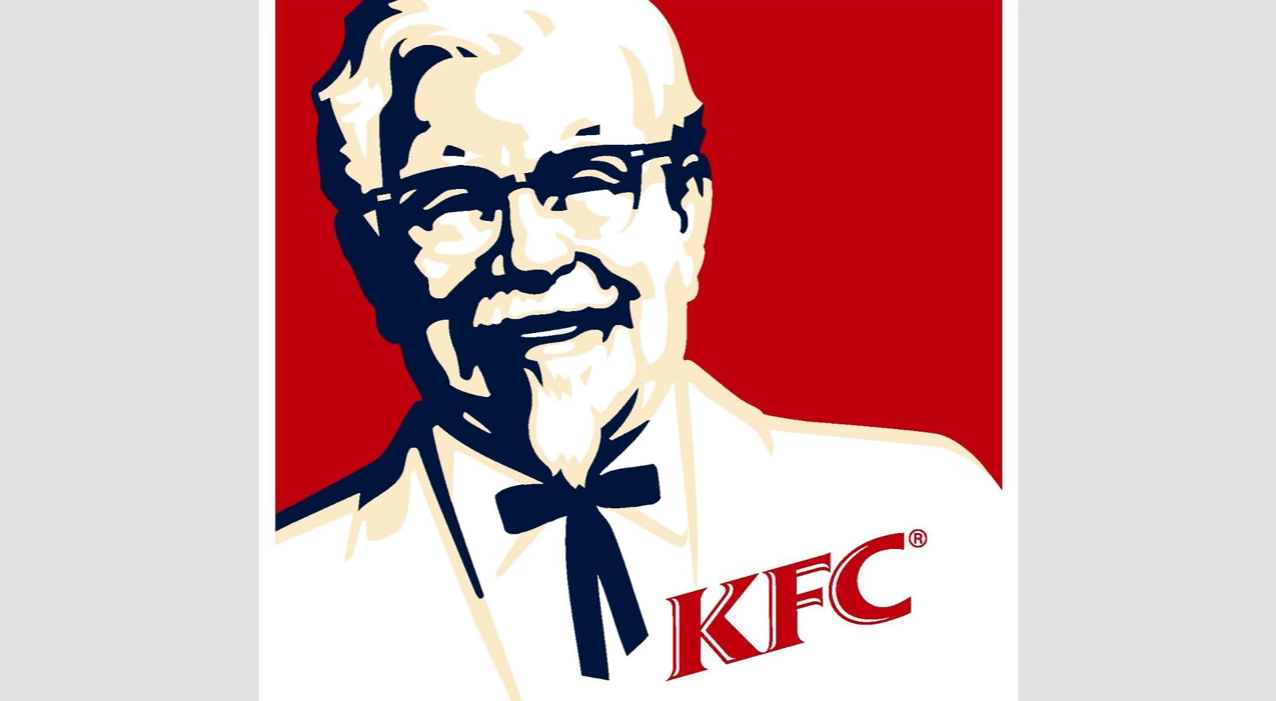“All right, so check it. I miss eating at KFC. When I was a kid, Kentucky Fried Chicken was the bomb. My seven-year-old heart would jump with joy whenever my grandparents decided to pull into the KFC in my hometown for lunch. We’d get a big bucket of the 11 herbs and spices, green beans, coleslaw, enough Pepsi-Cola for everybody, the whole nine yards, and it was awesome. You couldn’t beat it.
Who needs Christmas when you’ve got KFC? The chicken was crispy, the restaurant was clean, and the eating was good. But 20 years later, I go to KFC practically never, maybe the drive-thru if there’s absolutely nowhere else to eat, but never ever, ever inside. Why? Because KFC ain’t what it used to be and we all know it.
The past decade hasn’t been kind to the Colonel. Consumers have rated the restaurant as consistently terrible. They’ve been overtaken by Chick-fil-A as the largest chicken chain in the U.S. by sales. They have a truly awful marketing campaign that’s generated more anger than interest. They ranked at the very bottom of customer surveys in 2013, and they’ve been steadily closing stores since 2005.
So what’s going on? You might not know it but there are five keys to the success of your average fast food joint. Fail in any of these areas and folks aren’t gonna wanna buy your product. The less folks buy, the less money you make. Less money you make the closer your franchise comes to extinction. So let’s see how your average KFC stacks up.
First thing you’re gonna need is fast and efficient service. QSR puts Kentucky Fried Chicken in the middle of the pack, not poor, not great, with an average service time at 3.39 minutes and an 88.6% accuracy on orders. Now a question for the Colonel’s corporate bigwigs. If you owned a skydiving business and the parachutes only opened 88.6% of the time, would that be acceptable?
[inaudible 00:01:43], would you skydive there? No. So why use a price when your customer base shrinks, if out of every 100 people to go there, 11 or 12 be charged incorrectly? Sorry, I’m doing that accent thing. KFC, get it together brah. Have a training day. Get your people on the right page. Bump that figure up to the low 90s and you’ll see more customers. An A-minus always looks better on a report card than a B-plus. You feel me?
Next, let’s talk about food quality. Look, I know it’s a little bit picky to ask for a bucket of fried chicken to not be totally greasy. But why ask me if I want original or crispy if it’s all gonna be covered in oil anyway? Just ask me what you’re really asking. Mostly greasy or totally greasy? I can’t even hold onto the stuff when I eat it. And even if I get a solid grip, the thing will fall apart before I get it in my mouth. This grub is whack.
I remember when KFC meant Finger Lickin’ Good. Now I’ve got to wash my hands in a sink because licking this grease off could seriously affect my health. I shouldn’t have to put on a hazmat suit and get the green light from the CDC before tackling an eight-piece bucket meal.
Next category, cash money honey. Look, if it’s gonna be messy and give me congestive heart failure at least don’t charge me an arm and a leg for it too. You’re out of your mind if you think I’m gonna pay $22 plus tax for eight pieces of slimy chicken. Sixteen piece family meal for about $41 in total, get out of here. $41 will buy you a nice meal at a fancy restaurant with mood lighting and a personal waiter.
Why would anybody wanna pay that much money to come here? If you want more customers, lower your prices. I see what you’re trying to do with the $5 fill up and the $10 chicken share. Wrong. If people think your food is too expensive, the solution isn’t to create a budget meal for him. The solution is to lower your prices.
Right across the street from this KFC is a Popeyes where you can get the exact same meal for cheaper. That’s a stupid business strategy for you guys. Hey, which of these prices you think looks better on a windows sign? If you wanna charge people that much to eat at your restaurant at least let the dining experience be worth it.
And that leads us to our next point, the cleanliness of your crib. So you wanna know the real reason I don’t go to KFC anymore? Here it is. This is me walking into a KFC while out on the road, totally unplanned, didn’t set anything up, just walked into a random location without preparation. And oh look, it’s completely disgusting.
Know how I knew it would be? Because you all have a serious sanitation problem. Six percent of your restaurants are dirty or damaged, 6%. That’s the highest of any of your competitors. That’s triple the national average. You guys are getting beat by Taco Cabana. Most people nowadays know to stay away from the inside of KFC. Walking into this particular location, I noticed the tables are dirty. The bathroom lock is broken. There’s grease and grime everywhere. There’s a disgusting mat laying out in the very front that’s damp with all kinds of spilled drinks and chicken grease for everybody to walk on.
And none of the staff seems to think that any of this needs to be cleaned up. Your crib is gross. Look, take a weekend, close your stores, retrain your staff and invest some of your money in private sanitation inspectors. You could fix everything else on this list and if you don’t shed that stigma folks have about your business’s cleanliness, you’ll never get out of the hole you’re in.
Last but not least, marketing. Look, I don’t know what you guys were thinking this year with your comedian rotation Colonel Sanders stick but it’s about to grate on the nation’s last nerve. We’ve got real problems in this country to deal with like ISIS and healthcare, and all we want is to watch TV without seeing one of your poorly conceived and self-depreciating commercials.
Here’s how to fix it in three quick steps. One, take yourself seriously. The wink and nod routine keeps falling flat, so cut it. Entrepreneur says it best. The new Colonel is a caricature. Instead of resurrecting the Colonel to lead KFC’s sales back to their former fried glory, the company has instead unleashed a childish pantomime that people old enough to remember Colonel Sanders don’t like and people too young to know him can’t possibly understand.
Your own company’s research says that one in five people hate your ad campaign. Yet here’s you CEO saying “I’m actually quite happy that 20% hate it, because now at least they have an opinion. They’re actually talking about KFC. And you can market to love and hate. You cannot market to indifference.” Hey, Greg, respectfully? Fire yourself.
The indifference folks were feeling came from years of you giving everybody the impression you don’t really care about the quality of your product. If you don’t care, why should we, as consumers, care? Your problem isn’t that you’re losing relevance. It’s that you’re acting indifferent to legitimate problems. Until you wanna take your business seriously and advertise a KFC that people will be happy to eat at, you’re not gonna rebound.
Step two, embrace nostalgia. If you want a new Colonel cut the live action one, go animated. No, not this train-wreck, go retro. Get the guys from “Fallout” to handle the aesthetic and you’ll have a marketing strategy that looks completely different from anything else out there and you’ll find your footing. Think about it. How many fast food restaurants do you know were doing hand-drawn animated commercials these days? Yeah, exactly. There’s your opportunity. Step three, whatever this is…
Recorded Commercial 1: Six pieces of chicken or 12 hot wings or popcorn nuggets. Now get out there.
Man 1: Stop it. It’s not funny. None of this is funny. You’re not gonna annoy someone into buying your product, right? So why do you wanna annoy your customer base? Oh, look, it’s not like the good folks at KFC don’t know any of this. They somehow pulled it off in foreign markets. KFC’s exploded in popularity overseas, especially Japan. [foreign language 00:07:14]
If they can somehow get folks who can’t read, speak or understand the King’s English to like their stuff, there’s no reason they can’t do the same in the good old U.S. of A. It’s a shame to their board of directors that a business with the name Kentucky Fried Chicken is valued more by people in Tokyo than in the state it’s named after. KFC, I love you, but you’ve got to get it together.
I want future generations to know what it’s like to eat the Colonel’s chicken the way I used to, the way we all used to. Your ship is sinking but you still have time to fix it. If you find yourself endowed, just remember to ask, “What would the Colonel do?”
Recorded Commercial 2: It’s nice to feel so good about a meal.
Man 1: And that’s the video. Thanks for watching. If you liked it and wanna see more, feel free to subscribe to my channel. Or don’t, I don’t really care.”


